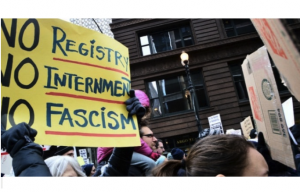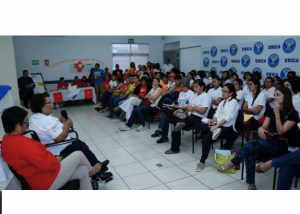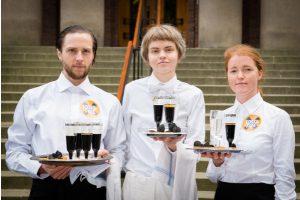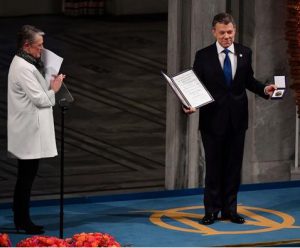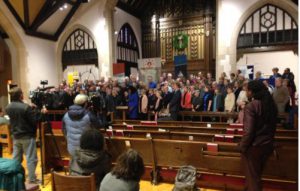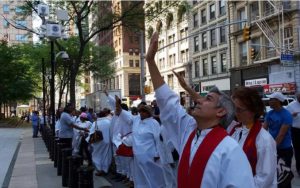. . SUSTAINABLE DEVELOPMENT . .
A press release from 350.org
The global movement to divest from fossil fuels has doubled in size since September 2015, according to the third annual Global Fossil Fuel Divestment and Clean Energy Investment Movement report from Arabella Advisors. The report, released today by the Divest-Invest network, comes exactly one year after world governments reached the Paris agreement on climate change.

(click on image to enlarge)
Global commitments to divest have reached 688 institutions across 76 countries, representing $5 trillion in assets under management.1 Notable announcements include Dublin’s Trinity College, 16 universities in the UK, the Islamic Society of North America, the American Public Health Association, and more.
“As we enter the final weeks of 2016, the hottest year in history, the success of the divestment movement is undeniable,” said May Boeve, 350.org Executive Director. “In the face of intensifying climate impacts, and regressive and anti-climate governments like the Trump administration, it’s more critical than ever that our institutions — especially at the local level — step up to break free from fossil fuel companies.”
What started as a campaign on university campuses in the United States has now become a mainstream, global movement permeating every sector of society. Divestment commitments and campaigns stem from all types of institutions: from universities and pension funds, to faith-based groups and health organizations, to the insurance sector and cultural institutions, and more.
Around the world, cultural institutions are taking leadership in the transition away from fossil fuels. The New York-based American Museum of Natural History responded to a campaign driven by scientists and activists calling for it to cut ties with fossil fuels, revealing it has reduced exposure of its $650 million endowment to coal, oil and gas, and is seeking portfolio managers who incorporate climate risk and prioritize renewables.
Five days ahead of the release of this report, campaigners with Divest Nobel released a letter signed by 17 Nobel laureates around the world, including Archbishop Desmond Tutu, calling on the Nobel Foundation to act in Alfred Nobel’s will and divest from fossil fuels.
Divestment: is it an effective tool to promote sustainable development?
Speakers at today’s press conference stressed the importance of divestment and climate action at the city and state level. Boeve announced that in just three days, on December 15, organizers with Divest New York will take action at a New York City pension board meeting calling on decision-makers to divest fully from fossil fuels and reinvest in a sustainable, local economy.
In October, the Diocese of Umuarama, which encompasses 45 parishes and about 490,000 inhabitants in Brazil, became the first Diocese, and the first institution in Latin America, to divest from fossil fuels.
“We cannot accommodate and continue allowing economic interests that seek exorbitant profits before the well being of people, to destroy biodiversity and ecosystems, nor continue dictating our energy model based on fossil fuels when we have so many other possibilities for clean, renewable energies,” said Dom Frei João Mamede Filho, Bishop of the Diocese of Umuarama, Brazil.
Today, several press events took place across the globe to showcase this major milestone for the divestment movement. Notable speakers, such as former Executive VP of Mobil Lou Allstadt, Aine O’Gorman, a student representing recently-divested Trinity College of Dublin, and Mark Campanale of Carbon Tracker Initiative were featured at a video-press conference between New York City and London.
Campaigners in Cape Town held a press conference featuring, among others, the Anglican Church of South Africa who recently committed to divest. Coordinated events also took place in Tokyo, where organizers worked with Arabella Advisors to hold a media study session of the report. In Australia, faith groups hosted a webinar highlighting the moral imperative of fossil fuel divestment.
As the movement celebrates this tremendous milestone, it recognizes the increasingly urgent need for bold and swift action on the climate crisis.
“Fossil fuel divestment has become a mainstream $5 trillion movement because our institutions and society know that we need a rapid and just shift away from the fossil fuel economy,” said Yossi Cadan, 350.org Global Senior Divestment Campaigner. “But many institutions are moving far too slowly. That’s why we will take action around the world in May 2017 through global mobilisations to shine a spotlight on the impacts of the fossil fuel industry, and escalate the call for governments and institutions to divest.”
The Global Divestment Mobilisation for a fossil free world will take place between 5-13 of May, 2017
(Thank you to Janet Hudgins, the CPNN reporter for this article)

